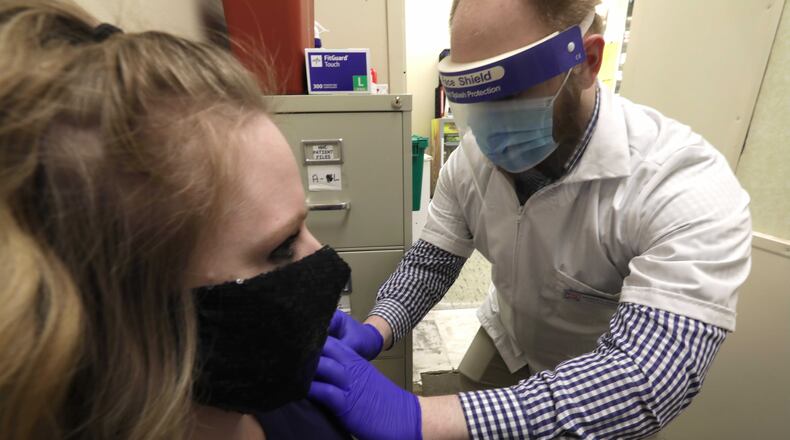“There’s basically no flu at all this year. It’s been remarkably low,” said Dr. Glen Solomon, chair of the Boonshoft School of Medicine Department Internal Medicine and Neurology.
Nationally, it’s the same story. About 0.1% of flu tests (18 total tests) came back positive in the most recent CDC weekly flu surveillance report for the week ending Feb. 6. The same time last year nearly 17,000 people tested positive for the flu in the U.S.
Ohio Department of Health reported as of Feb. 6 that 78 people have been hospitalized with influenza for the season. This time last year, 4,465 Ohioans had been hospitalized with influenza for the season.
Also, one child has died in the U.S. from the flu where this time last year 92 children in the U.S. had died. No children in Ohio have died from the flu so far this season.
Heading into the flu season, which starts to be tracked around the first week of October, public health leaders said they were hoping that COVID-19 measures would keep flu cases low but were urgently preparing for the possibility of twin surges.
While the COVID-19 measures have kept flu at almost non-existent levels, the more contagious coronavirus remained widespread.
Solomon said some people get flu vaccines and this year there was a bigger push for vaccines, which could have helped. About 193.4 million doses of flu vaccine have been distributed in the U.S.
“We also have some innate immunity from influenza from past exposures so flu is just less contagious for adult populations than COVID,” Solomon said.
People with COVID-19 also can be contagious for days when they don’t feel sick, which makes infections more difficult to contain.
If both flu and COVID-19 surges had hit at once, Solomon said he is not sure the health care system would have even been able to deal with it, given how much capacity was used by COVID-19 patients.
“You can’t imagine how much worse it would have been if in addition we were also in an influenza surge and worried about beds for COVID patients,” he said.
About the Author

